Antimicrobial Activity of Lactoferrin and Lactoferrin Derived Peptides
Milk is a vital nutritional source for offspring of all mammals, including humans. In addition to its nutritional value it is a rich source of proteins, of which lactoferrin (Lf) is one. Lf is truly a multifunctional molecule which has been studied extensively over the past decades. It is best known for its ability to bind iron, which initially leads to the discovery of its antibacterial activity. In addition, Lf has demonstrated potent antiviral, antifungal and antiparasitic activity, towards a spectrum of strains. Additionally, it has been evaluated as an important host defense molecule during infant development. Extensive work has been done to characterize the active domains in Lf, testing numerous Lf-derived peptides and related peptide libraries for activity towards different microbes. The peptides structural requirements for antimicrobial activity has been addressed, and compared to other cationic host defense peptides which related chemical and biological characteristics, in an attempt to understand different antimicrobial modes of action. The antimicrobial activity of Lf and one N-terminal peptide fragment of Lf (lactoferricin) are the main topics of this book, with particular focus on antiviral activities. Antibacterial, –fungal and –parasitic activities are discussed, in addition to the selective activity demonstrated by Lf and lactoferricin, towards tumor cell membranes. It has also become increasingly recognized that several antimicrobial protein and peptides possesses immunomodulatory activity, thus these properties are discussed in brief detail.
{{comment.content}}

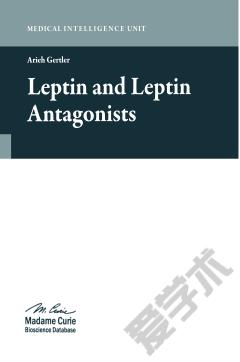
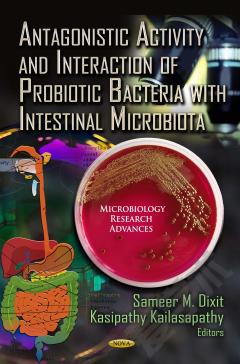
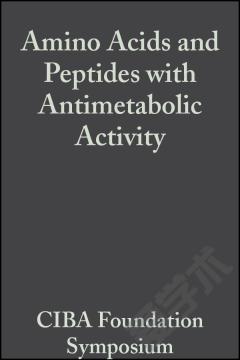
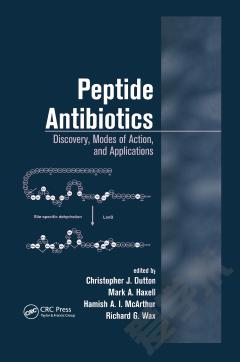
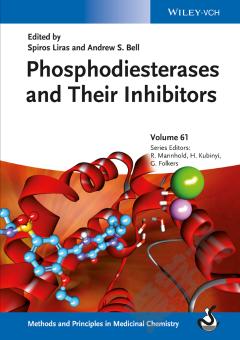
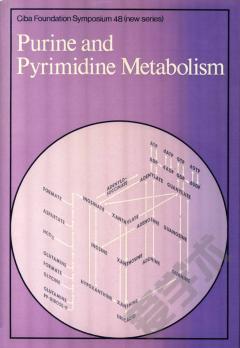

 京公网安备 11010802027623号
京公网安备 11010802027623号